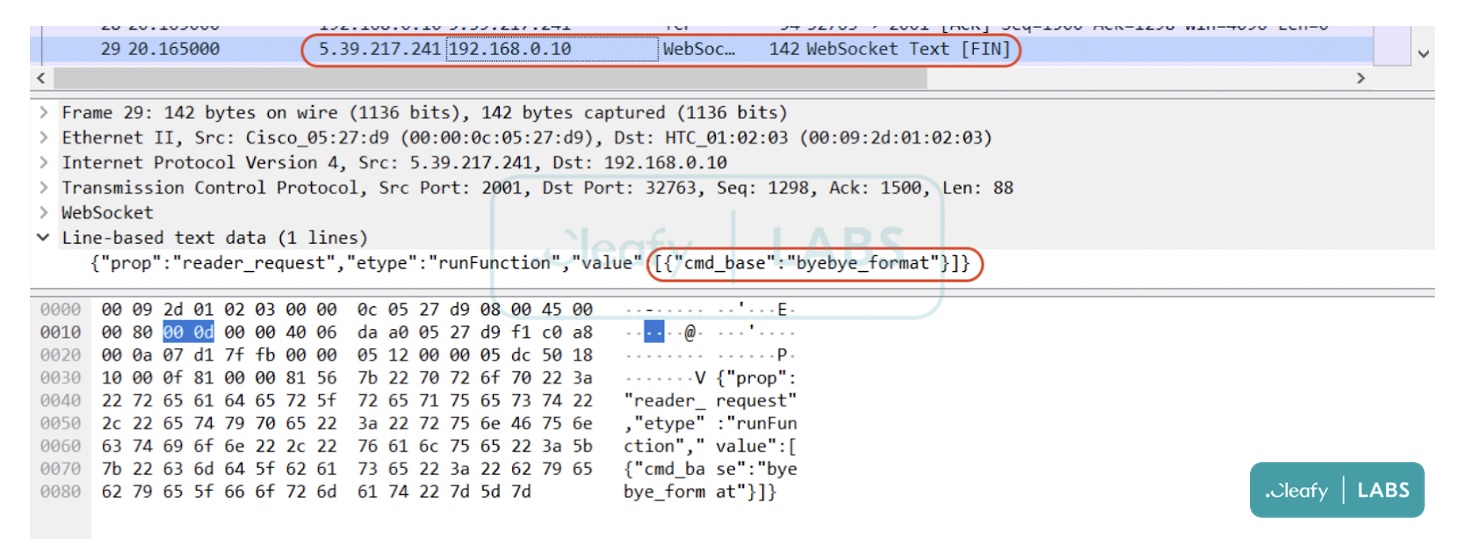Student finally gets bank refund following unauthorised transfers

Chong (left) meets Miss Tiong in Selangor to help in handling her complaint.
KUCHING (June 16): Democratic Action Party (DAP) Sarawak chairman Chong Chieng Jen has helped a Sarawakian student who is a victim of an unauthorised and illegal internet bank transfers.
Chong in a statement yesterday said after almost five months of distress and anxiety, the student who only wanted to be known as Miss Tiong who studies in Selangor, finally got her full refund of RM19,667.79 from her bank.
Chong said the girl had a savings account with Maybank Berhad.
“Sometime in January this year, Miss Tiong discovered that between Jan 8 and 17, there were 99 internet fund transfers from her savings account to some third-party accounts.
“All the transfers were carried out without her knowledge or authority. She also did not receive any OTP messages or notifications from the bank in respect of the said transfers. The total amount of the 99 internet transfers was RM19,667.79,” he said.
He added that Miss Tiong immediately lodged a police report and submitted a claim with the bank for the refund of the amount illegally transferred out from her account.
“Though the bank promised to investigate the matter within two months, she waited for months and yet there was no response. She subsequently sought help from me.
“Miss Tiong was under tremendous distress for months over her loss of RM19,667.79 which was money for her tertiary education.
“Yesterday (June 14), she finally received all the refunds of RM19,667.79 from Maybank.
“After weeks of public pressure on banks to refund their customers’ money illegally and unknowingly transferred from their customers’ account, and the directive issued by Bank Negara Malaysia to banks to compensate their customers for unauthorised transfers of funds, finally we see a positive outcome of this public outcry,” he said.
Chong, who is also Stampin MP and Padungan assemblyman, said this was the first case he came across in recent months that a bank has refunded its customers for the illegal and unauthorised transfer of funds.
“I am grateful that Maybank has acted positively and fairly in Miss Tiong’s case, though after some delay.
“I…


